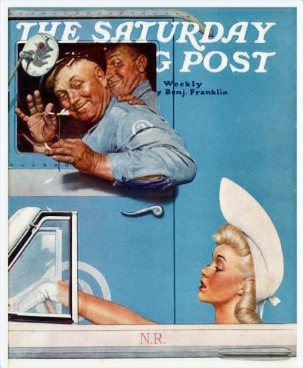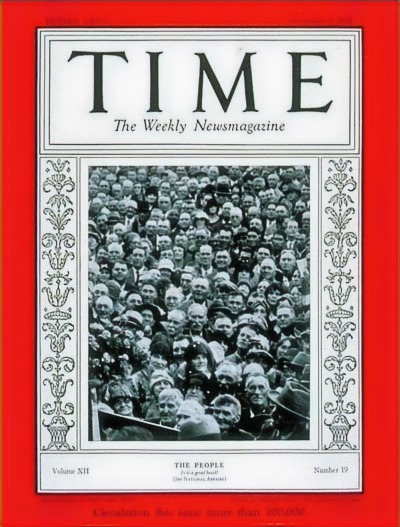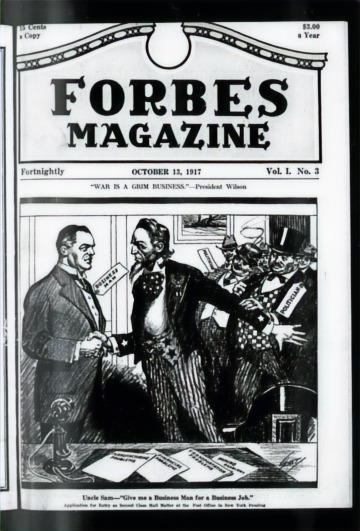Research on History and Evolution of Magazines
- hiraasim
- Sep 2, 2023
- 3 min read
In 1440 Johannes Gutenburg invented Printing Press, making it the first time knowledge could be mass produced and printed out in human history. Within a century of its advent, the printing press was being used to print pamphlets, almanacs and newsletters and religious materials.
Between 1663-1668, Johann Rist, a German poet and theologian published the first true magazine,"Erbauliche Monaths-Unterredungen" (Edifying Monthly Discussions).
After his publications, a number of literary journals began printing across Europe: Denis de Sallo’s French Journal des Sçavans (1665), the Royal Society’s English Philosophical Transactions (1665), and Francesco Nazzari’s Italian Giornale de’letterati (1668).

In 1672, Jean Donneau de Vizé, a Frenchman, published Le Mercure Galant (periodical of amusement which was later renamed Mercure de France), which contained news, short stories, and poetry. This combination of news and pleasurable reading became incredibly popular. This magazine catered to a different reader than did the other, more intellectual publications of the day, offering articles for entertainment and enjoyment rather than for education.

Three major influential magazines published regularly in Great Britain: Robinson Crusoe author Daniel Defoe’s the Review, Sir Richard Steele’s the Tatler, and Joseph Addison and Steele’s the Spectator. The Review focused primarily on domestic and foreign affairs and featured opinion-based political articles. The Spectator replaced the Tatler, which
published from 1709 to 1711. Both Tatler and Spectator emphasized living and culture and frequently used humor to promote virtuous behavior. Tatler and Spectator, in particular, drew a large number of female readers, and both magazines eventually added female-targeted publications: Female Tatler in 1709 and Female Spectator in 1744.
During the 1830s, magazine styles transformed due to the decline in the cost of printing and mailing publications which resulted in publishers focusing on a broader audience that preferred amusement over a narrower one that preferred improvement and reason.
The first truly successful mass circulation magazine in the United States was The Saturday Evening Post. This was a weekly magazine that first started printing in 1821. It ceased circulation in 1969, however, in 1971 a new owner remodeled the magazine to focus on health and medical breakthroughs. From the time of its first publication in the early 1800s,
The Saturday Evening Post quickly grew in popularity; by 1855, it had a circulation of 90,000 copies per year. It was widely recognized for transforming the look of the magazine as the publication was the first to put artwork on its cover.
Regardless, the industry struggled to achieve widespread circulation. Most publications cost a hefty sum, limiting readership to the relative few who could afford them. Samuel Sidney McClure, in 1893, began selling McClure’s Magazine, originally a literary and political magazine, at the bargain price. Soon, Cosmopolitan (founded 1886) and Munsey Magazine (1886–1929) followed the trend, which became a success. For the first time, magazines could be sold for less than they cost to produce. Because of greater circulation, publications could charge more for advertising space and decrease the cost to the customer. Once circulation increased, advertisers sought out space in magazines to reach the larger audience. Magazines responded by raising advertising rates, ultimately increasing their profitability. By the turn of the 20th century, advertising became the norm in magazines, particularly in some women’s magazines, where advertisements accounted for nearly half of all content.
Newsmagazines were designed during the late 19th and early 20th century: In 1923, Time became the first newsmagazine that focused on world news. Although the periodical struggled during its early years, Time hit its stride in 1928 and its readership grew. The magazine’s signature style of well-researched news presented in a succinct manner contributed greatly to its eventual success. Business Week was founded in 1929 with a focus on the global market. Forbes, currently one of the most popular financial magazines, began printing in 1917 as a biweekly publication. In 1933, a former Time foreign editor founded Newsweek, which now has a circulation of nearly 4 million readers.
Photojournalism became popular during the early 20th century. The most influential picture magazine was Henry Luce’s Life, which regularly published between 1936 and 1972. Within weeks of its initial publication, Life had a circulation of 1 million. Several other photo magazines, including Focus, Peek, Foto, Pic, and Click, also took their inspiration from Life.
Sources:
All of the above research was collected from google pages and images. A few links are attached below:















Comments